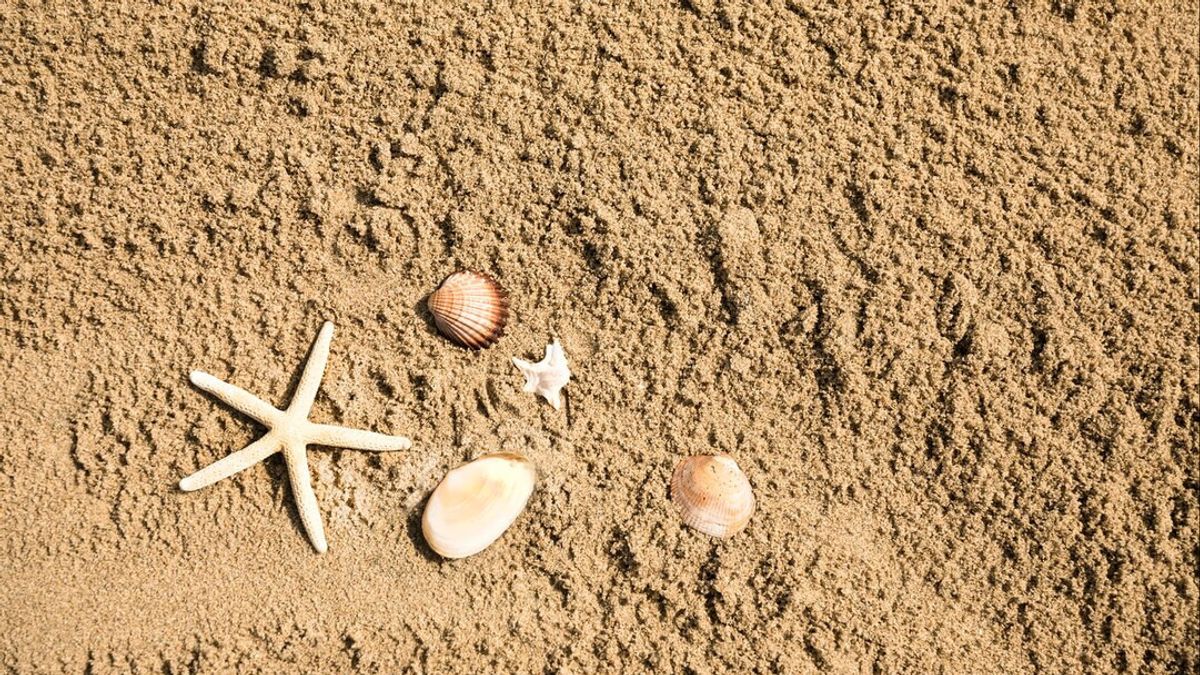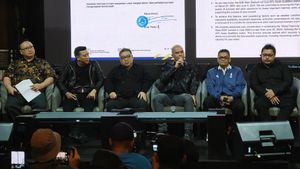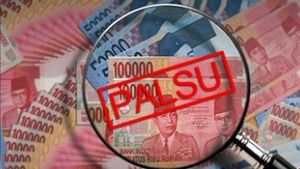YOGYAKARTA - Recently, the term sediment and sea sand often appeared in the field of news, especially related to environmental and economic issues. But do you know what the difference between sediment and sea sand is?
Many are still confused by the differences between the two. In fact, understanding this difference is very important to understand the policies of managing sustainable natural resources.
This article will explain in detail the differences in sediment and sea sand, as well as how their implications are for our lives.
Reporting from the website of the Hawaii Manoa Foundation, the sediment word is a general term for mineral particles, such as sand grains, which are formed by rock and soil weathering and transported by natural processes, such as water and wind.
In the order of decreasing size, sediment includes boulders of rock, gravel, sand, and lanau. When using the Wentworth scale, sediment producers are not included in the classification. For example, the term sand is used for sediments with a grain size of between 0.25 mm and 2 mm in diameter, both made from fire and silica.
Sedixes of smaller grain sizes are classified as lanau or mud, and sediments of larger grain sizes are classified as pebbles or boulders of rock.
But you need to know, not all sediments on the beach are classified as sand! For example, gravel grains (diameter 24 mm) are commonly found on sandy beaches, but too large to be classified as sand.
Before continuing, also read articles discussing Sea Sediment Exports Can Harm Indonesia in the Long Term
Meanwhile, reported by Cfloworld, sea sand also known as offshore sand has been used in coastal areas in many countries. In Asia, where coastal areas are rich in sea sand, sea sand has been widely used in local concrete constructions.
But interestingly, sea sand has excess chloride due to its deposition in salt water and therefore needs to be processed before use.
Sea sand is generally suitable for making concrete for foundations and sub-bases and testing has shown that even reinforced concrete can be made from this sand. However, the construction industry is economically reluctant to accept it.
It has been argued that the shell content in sea sand has no adverse effect on the concrete force.
However, further research has shown that the shell above 5 mm does affect the workability to some extent, but the shell below 5 mm does not show a significant reduction. In this context, sea sand does not become a barrier to concrete.
Where did the sea sand come from (freepic)
Reporting from ocean service, sea sand comes from various locations, sources, and environments. Sand is formed when rocks break out due to weathering and erosion for thousands or even millions of years. Rocks take time to decompose, especially quartz (silica) and feldspar.
The rock, which often begins thousands of miles from the sea, slowly moves into rivers and water flows, constantly breaks along the road. Once it reaches the sea, the rock is further eroded by the persistent wave and tide action.
Furthermore, the golden brown color on most sandy beaches is the result of iron oxide, which colores the quartz into brown light, and feldspar (which is brown to golden brown in its original form).
Meanwhile, black sand comes from eroded volcanic material such as lava, basal rock, and rocks as well as other dark minerals, and is usually found on beaches near volcanic activity. Black sandy beaches are commonly found in Hawaii, the Canary Islands, and the Aleut Islands.
The sediment and sea sand itself became a hot topic of conversation after the President of Indonesia, Joko Widodo, through the Ministry of Trade (Kemendagri) officially reopened the sea sand export market after releasing two new regulations.
SEE ALSO:
Although this step has attracted public attention, President Joko Widodo emphasized that the exported commodities are not marine sand, but sea sediment.
In addition to differences in sediment and sea sand, follow other interesting articles too. Want to know other interesting information? Don't miss it, keep an eye on the updated news from VOI and follow all the social media accounts!
The English, Chinese, Japanese, Arabic, and French versions are automatically generated by the AI. So there may still be inaccuracies in translating, please always see Indonesian as our main language. (system supported by DigitalSiber.id)
















